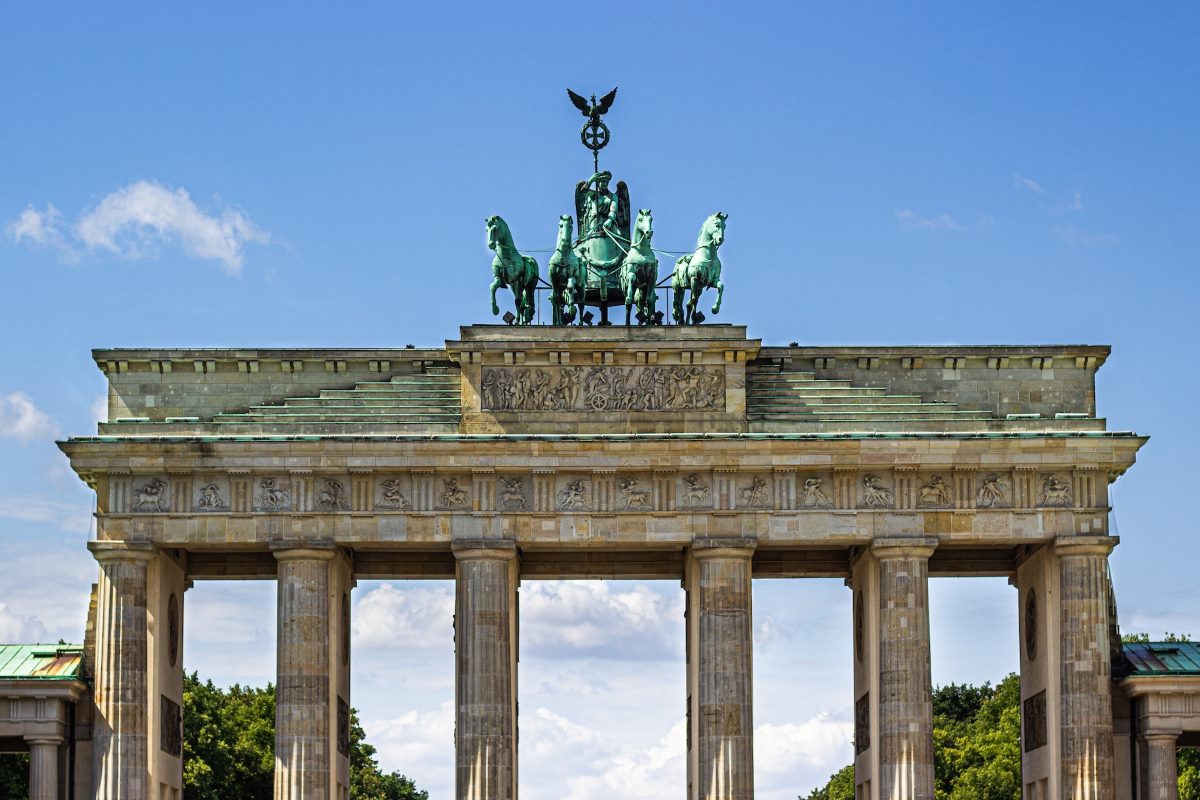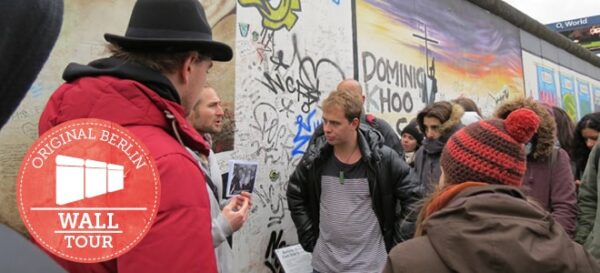The Berlin Wall was a symbol of division and separation during the Cold War era. Erected in 1961, it physically divided Berlin into East and West, separating families and preventing free movement between the two sides of the city. However, following the peaceful revolution in 1989, the Berlin Wall fell, marking a significant change in European history. But where is the Berlin Wall today? Let’s find out.
A Brief History of the Berlin Wall
To understand where the Berlin Wall is today, it’s important to have a brief overview of its history. The wall was constructed by the German Democratic Republic (GDR) to prevent defections and protect the socialist state from the influence of West Berlin and West Germany. The wall stretched for 155 kilometers and included various security measures like guard towers and barbed wire fences. It stood as a physical and ideological barrier for almost three decades.
The Fall of the Berlin Wall
The fall of the Berlin Wall occurred on November 9, 1989, following weeks of peaceful protests and political upheaval. The people’s desire for freedom and reunification resonated across the city, leading to the opening of the checkpoints and the eventual tearing down of the wall. This event marked the end of the Cold War era and a significant step towards the reunification of East and West Germany.
What Happened to the Berlin Wall?
After the fall of the Berlin Wall, much of it was quickly demolished by the people themselves, eager to eliminate the physical barrier that had divided their city for so long. However, some sections of the wall were preserved for historical purposes and can be found in various locations around the world.
1. East Side Gallery, Berlin
The most iconic remaining section of the Berlin Wall can be found at the East Side Gallery in Berlin. This open-air gallery spans 1.3 kilometers and features murals created by artists from all around the world. It serves as a powerful reminder of the city’s history and the desire for freedom.
2. Berlin Wall Memorial
The Berlin Wall Memorial, located on Bernauer Strasse, offers visitors a historical perspective on life before and after the wall fell. It includes a preserved section of the wall, a documentation center, and an exhibition about the division and reunification of Berlin.
3. Checkpoint Charlie Museum
Checkpoint Charlie, one of the most famous border crossing points during the Cold War, now houses a museum dedicated to explaining the history of the Berlin Wall. Here you can explore exhibits, personal stories, and artifacts related to the wall and the attempts made by people to escape from East to West Berlin.
Conclusion
The Berlin Wall, once a symbol of division, is no longer standing today. However, its impact on history and the memory of those affected by it still remain. Sections of the wall have been preserved as reminders of the past in places like the East Side Gallery, Berlin Wall Memorial, and Checkpoint Charlie Museum. These sites provide an opportunity to learn about the history of the wall and the struggles faced by those living under its presence.






Leave a Reply